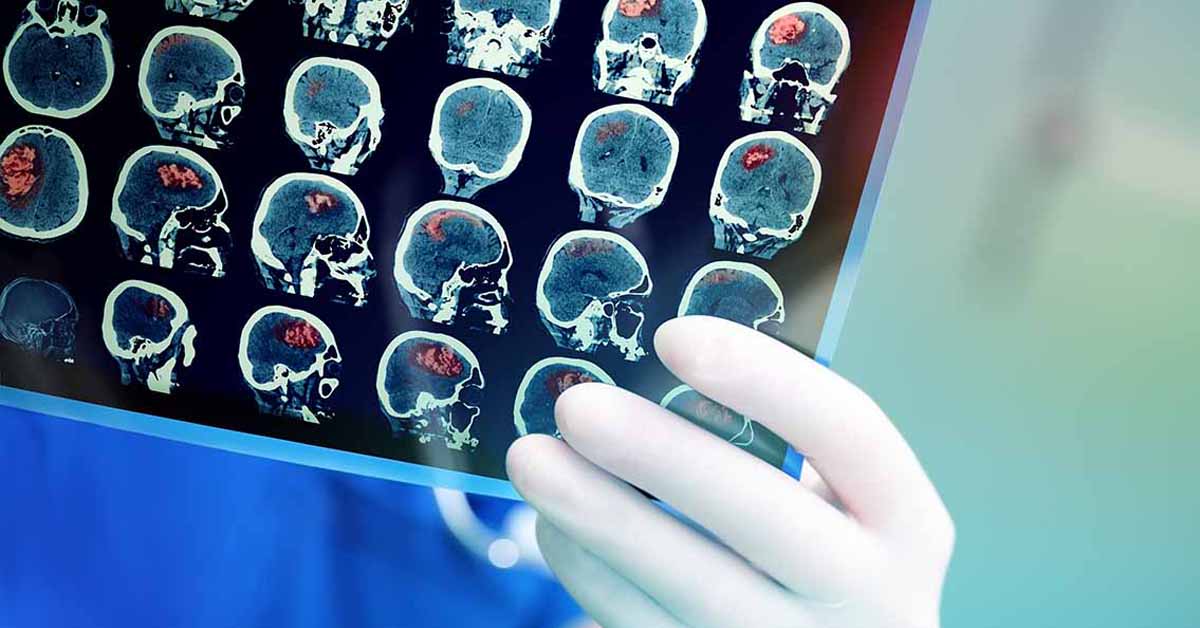People with brain cancer or brain tumour diagnosis may typically first visited their physician because they were feeling unwell and exhibited certain symptoms.
Medical History And Physical Exam
If the patient shows any symptoms suggesting brain cancer or brain tumour, the physician will ask him about his medical history. The physician will also check the brain function by conducting exams on reflexes, muscle strength, vision, mouth movement, balance, coordination, and alertness.
If the results of the exam are uncharacteristic, the patient may be referred to a neurologist (a doctor who specializes in medical treatment of nervous system diseases) or a neurosurgeon (a doctor who specializes in the surgical treatment of nervous system diseases), who will perform a more detailed neurologic exam and may order other tests.
Imaging Tests For Brain Cancer Or Brain Tumour Diagnosis
Brain tumour diagnosis involves first several types of imaging tests. These tests use x-rays, strong magnets, or radioactive substances to create pictures of the brain.
Magnetic Resonance Imaging (MRI) Scan
MRI scans are exceptionally good for looking at the brain and are considered the best way to look for tumours in this area. An MRI scan uses a powerful magnet and a computer to build up detailed pictures of your body.
Computed Tomography (CT) Scan
A CT scan uses x-rays to make comprehensive cross-sectional images of the brain. Unlike a regular x-ray, a CT scan creates detailed images of the soft tissues in the body. CT scans are not utilized as often as MRI scans when diagnosing brain cancer, but they can be useful in some cases. They may be used if MRI is not an option (such as in people who are very overweight or people who have a fear of enclosed spaces). CT scans also show greater detail of the bone structures near the tumour.
Positron Emission Tomography (PET) Scan
For a PET scan, the patient is injected with a slightly radioactive substance (usually a type of sugar known as FDG) which collects mainly in tumour cells. A special camera is then used to produce a picture of areas of radioactivity in the body. This test is more likely to be helpful for fast-growing (high-grade tumours) than for slower-growing tumours.
Brain Tumour Biopsy
A sample of the brain tumour’s tissue is typically needed to make a final diagnosis. A biopsy involves the removal of a small amount of tissue for examination under a microscope and is the only conclusive way a brain tumour can be diagnosed. Sometimes, because of the location of the brain tumour, a biopsy is not attempted because the risk of causing damage to nearby important areas of the brain is very high.
Protect against cancer, cardiovascular disease, and other chronic diseases with regular health screening. Compare and shop for health screenings from Singapore and regional healthcare providers at a single convenient platform - shop.health365.sg
This article is informative only and is not intended to be a substitute for professional medical advice, diagnosis, or treatment, and should never be relied upon for specific medical advice.






